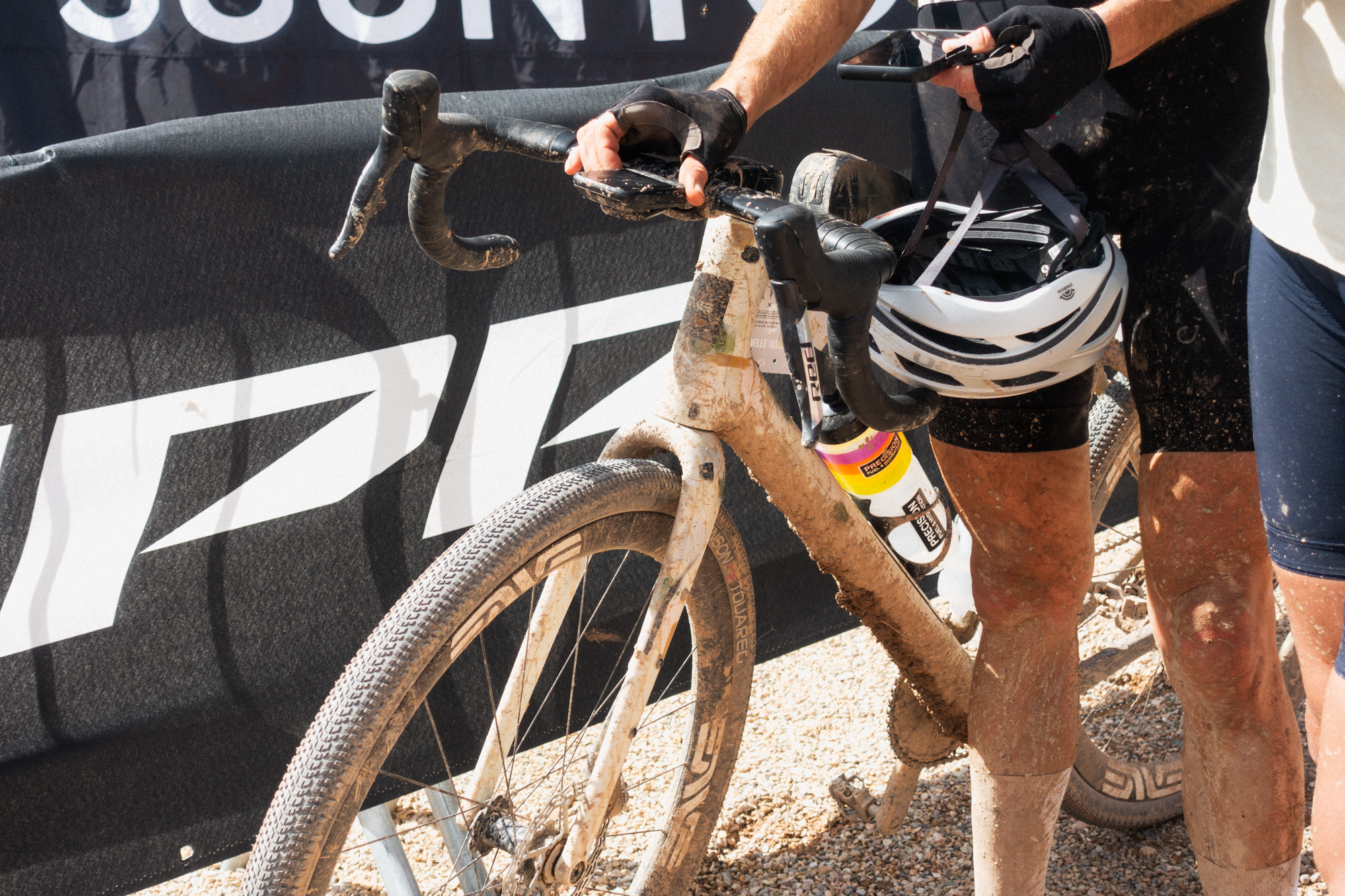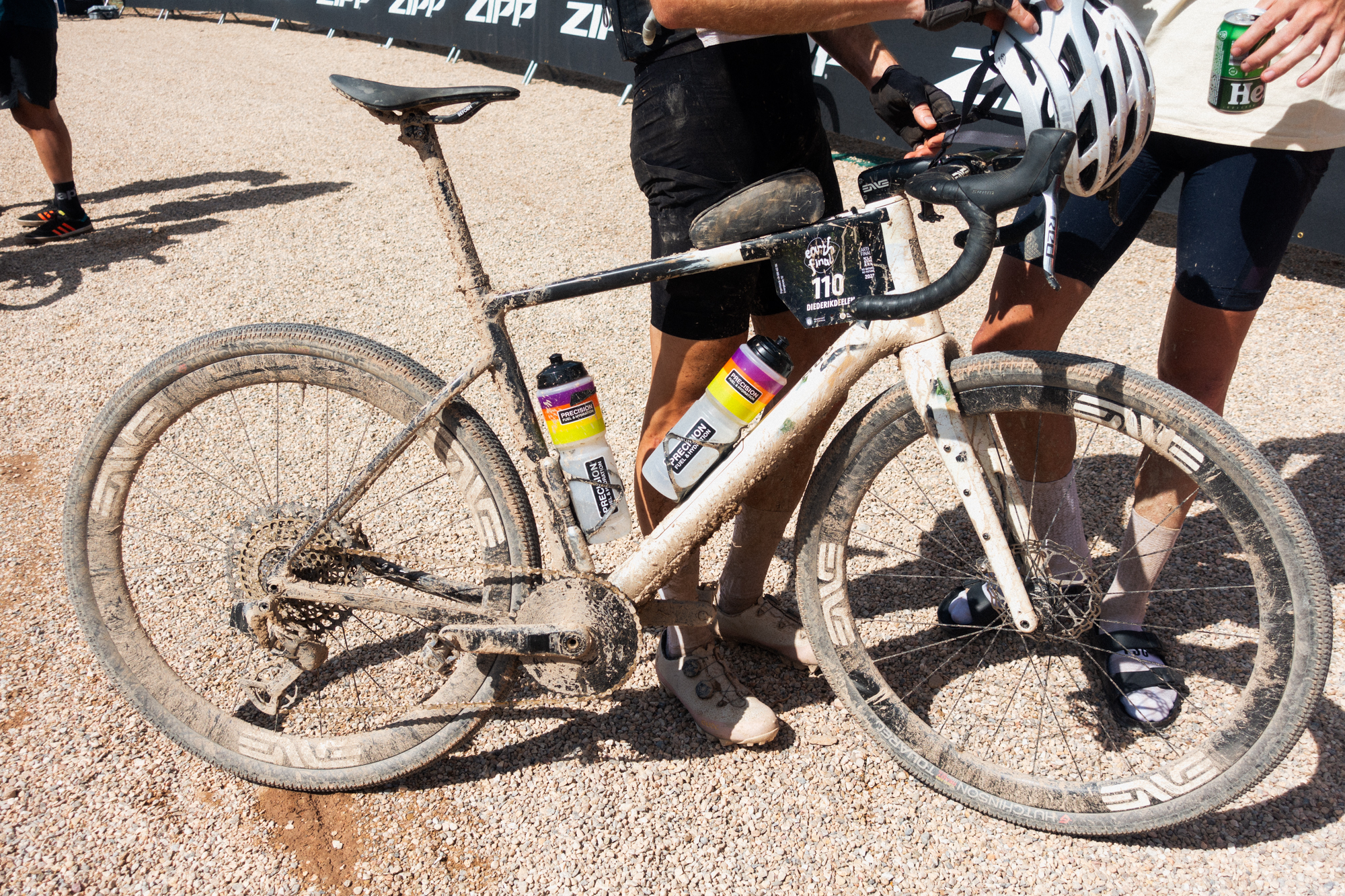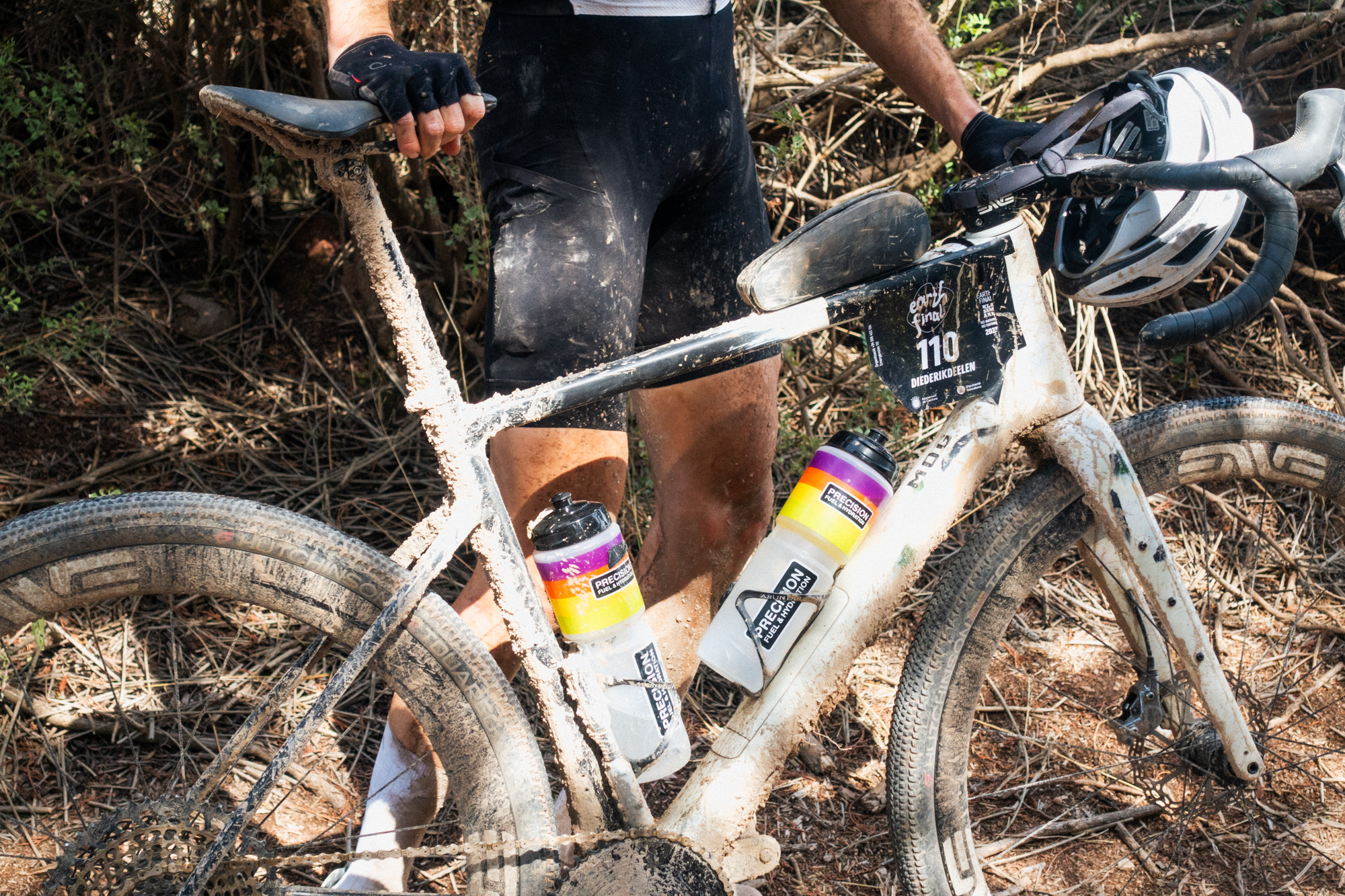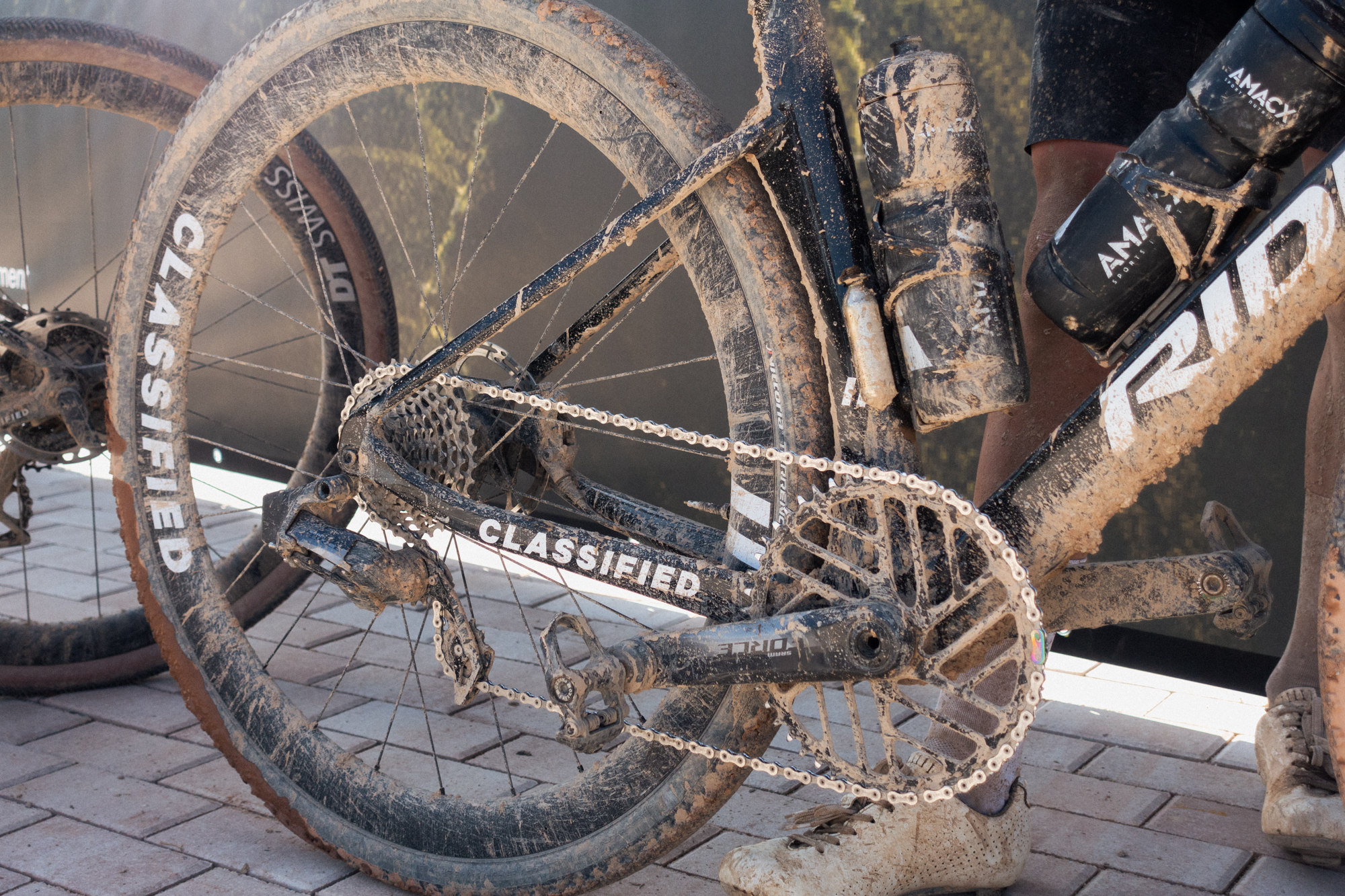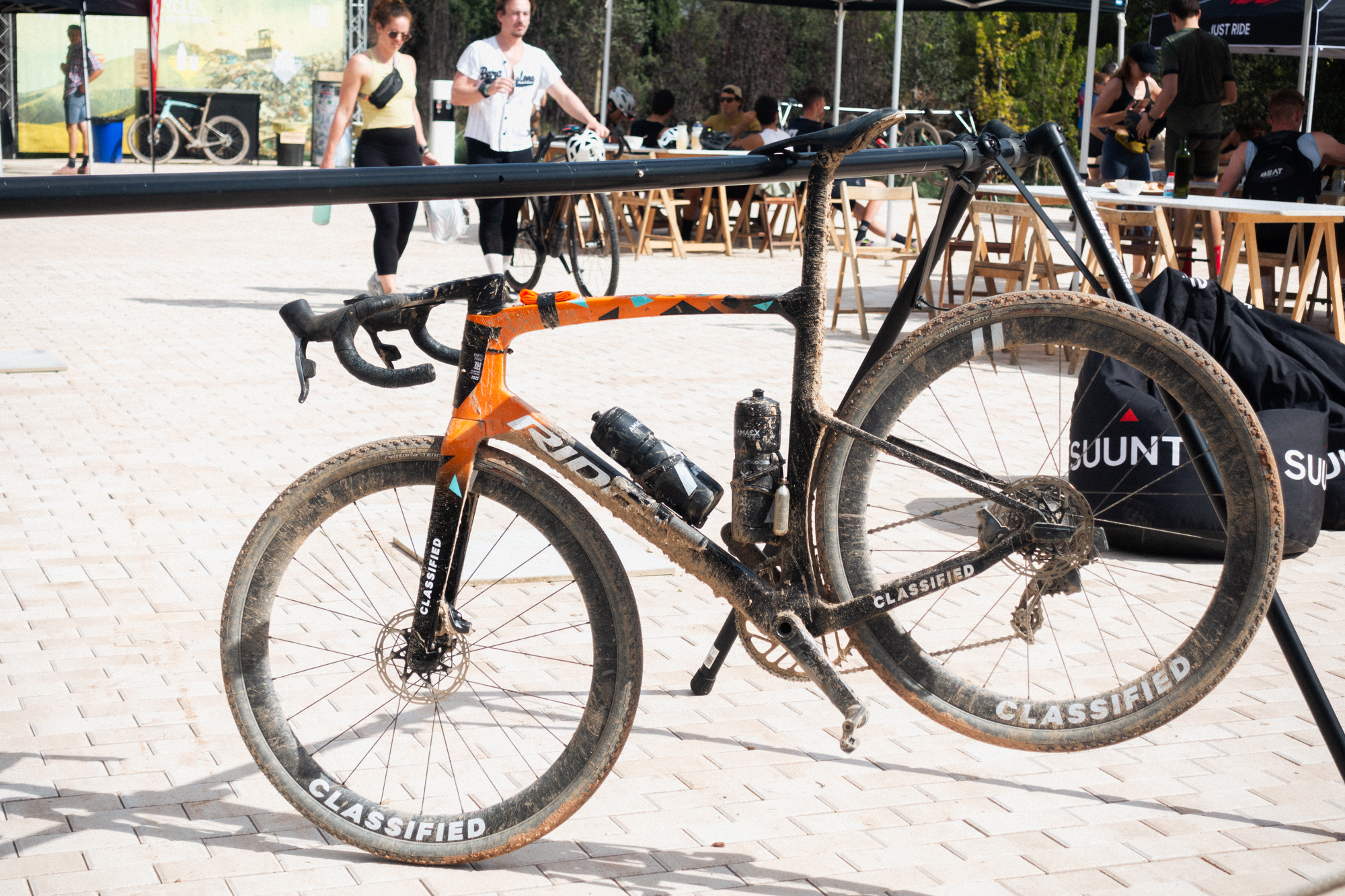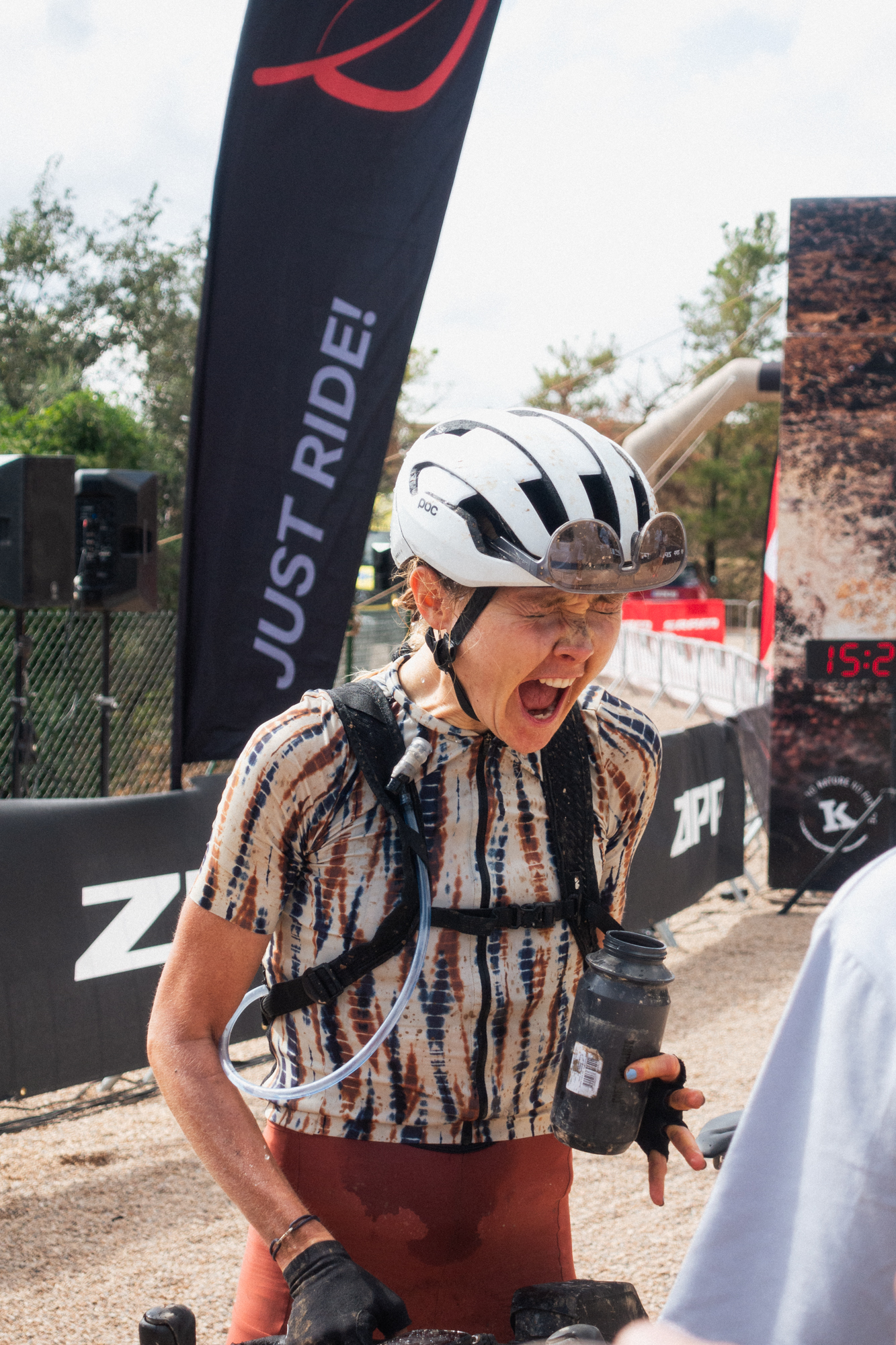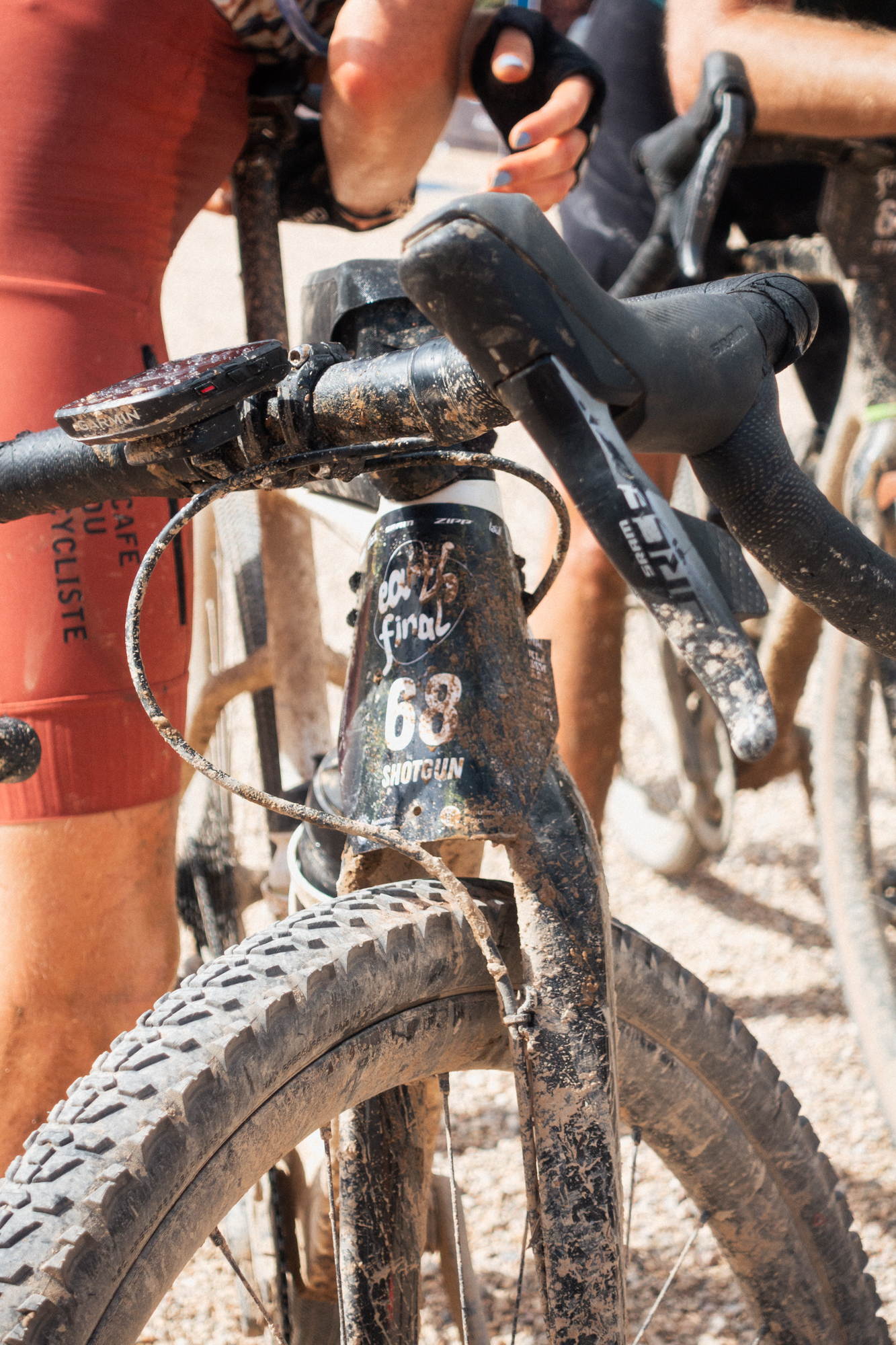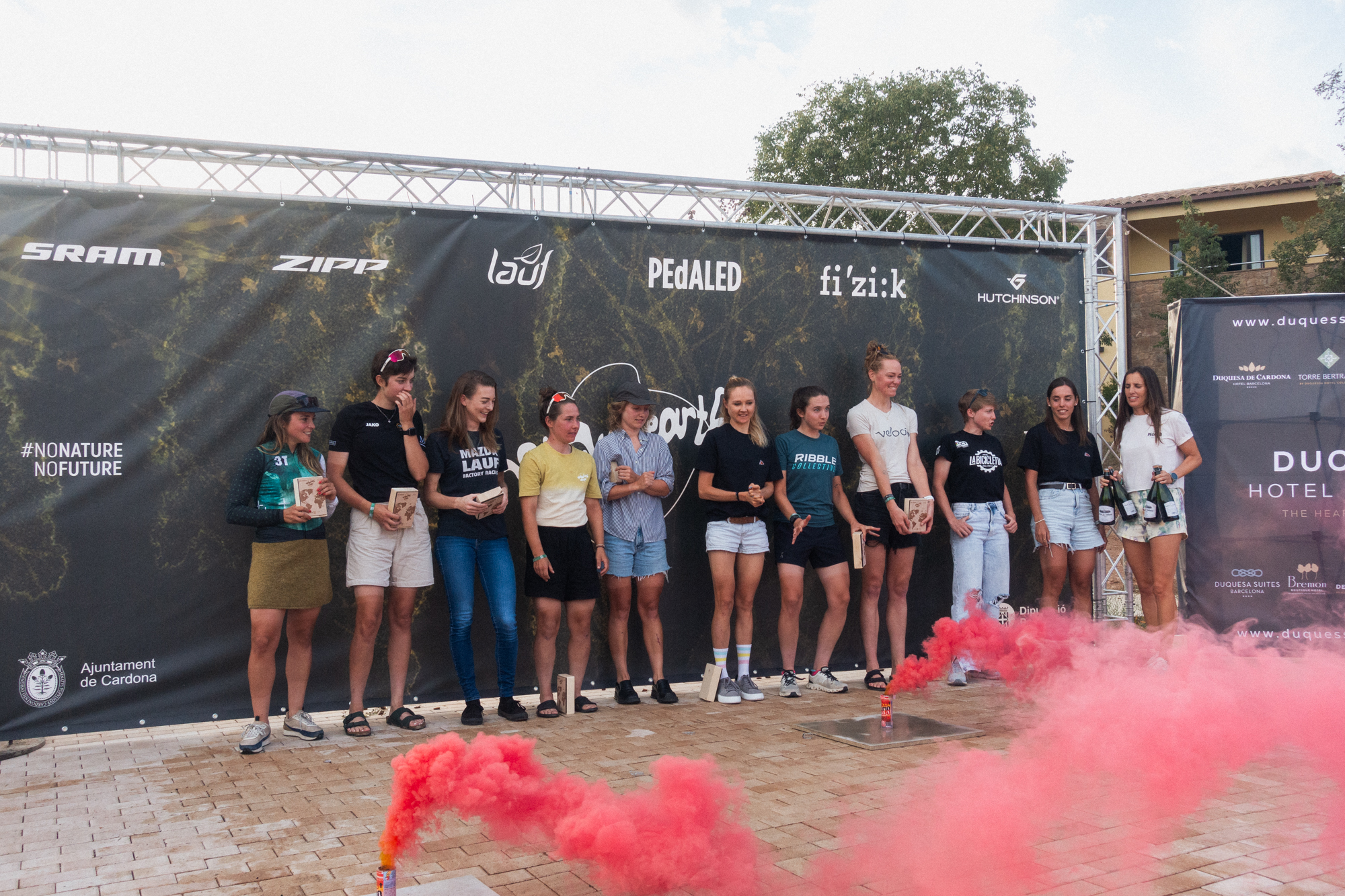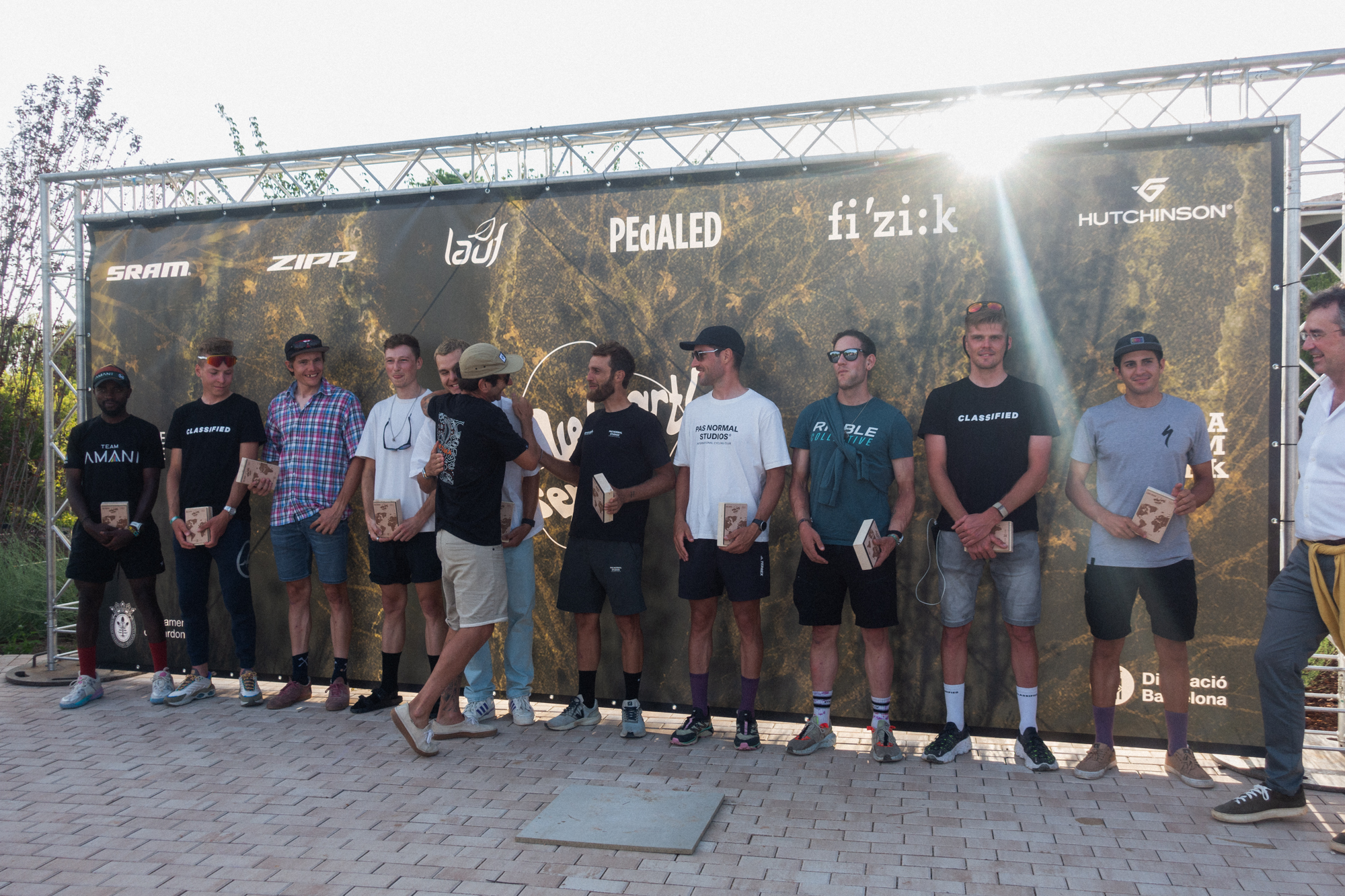The first edition of the Gravel Earth Series came to an end last weekend in Cardona, with a five-star startlist racing for the final win and overall victory in a tough course around the medieval city located near Barcelona. We arrived in time to see the first finishers, celebrate the end of a successful year, and get excited for what is to come.
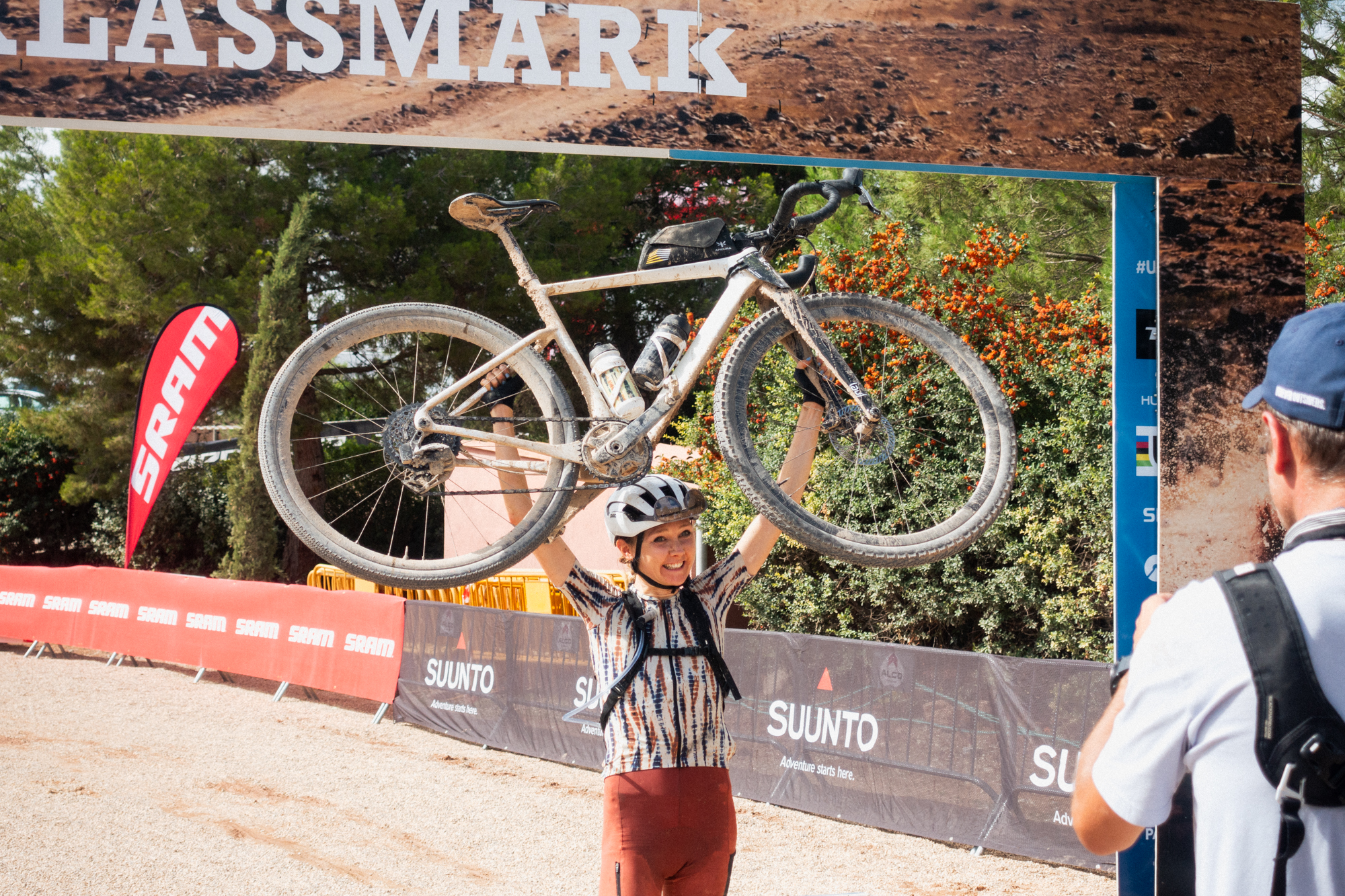
We already introduced you to the format of the series and published an update once The Traka 2023 was part of the history books, but many things have happened since then. The series brought riders from Spain to France, Kenya, Switzerland, Iceland, Sweden, and back to Spain for the series final. The final classification took into account the two best results in the different races plus the performance on the final, so it was not so much about being consistent but choosing the right battles.
Each of those battles was different terrain-wise, with the smooth gravel paths in Bergslagen having nothing to do with the rocky terrain riders faced in The Rift, for example. Aware of that, we were curious and asked some riders about how their bike setup has changed throughout the season based on the characteristics of each course.
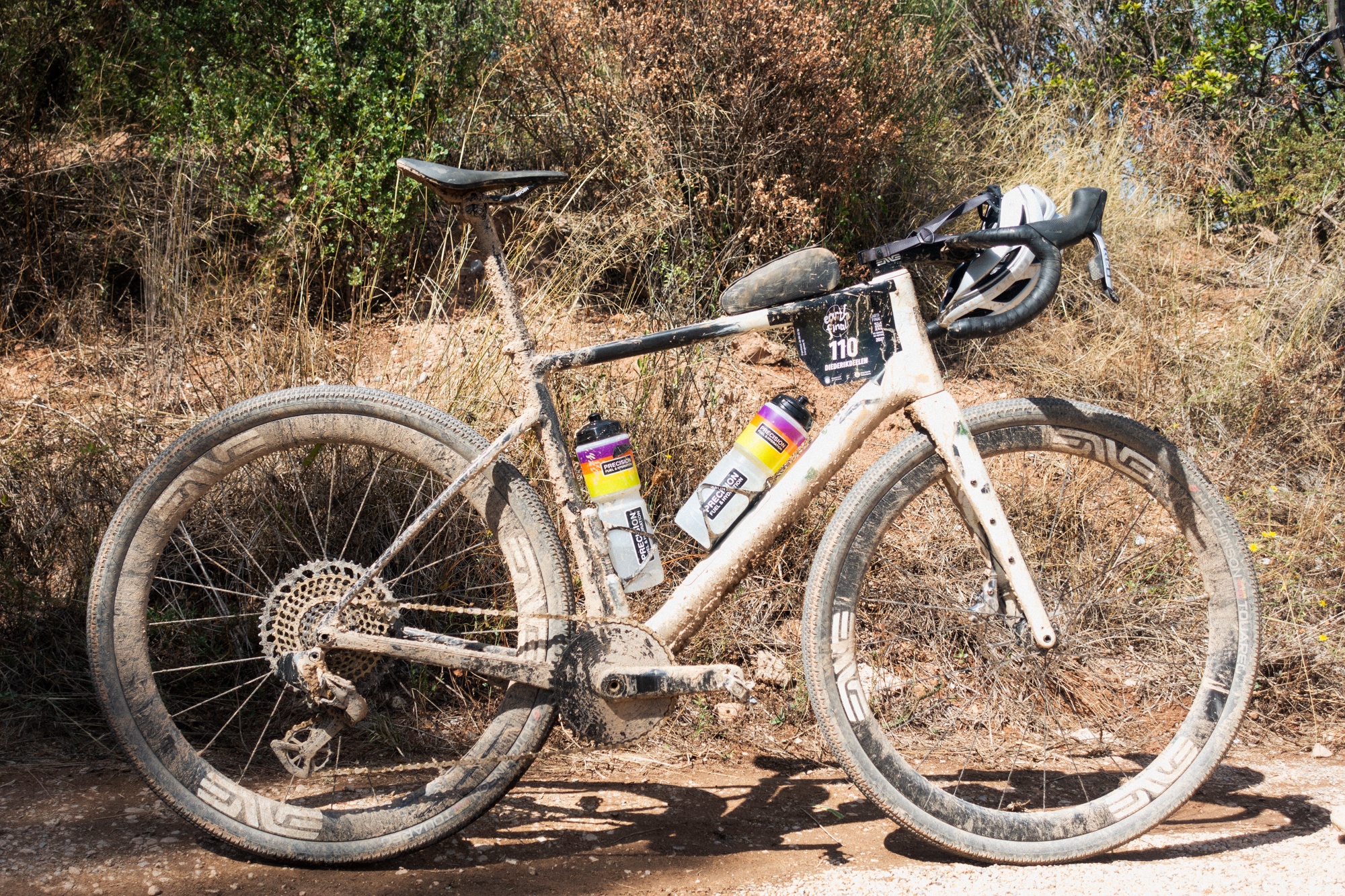
Diederick Deelen, who took part in most of the races of the Gravel Earth Series and finished 3rd overall, put his ENVE Mog to the test across Europe. After a muddy race in Cardona, it was difficult to see his choice of components for the race, but he was kind enough to tell us and mention the few changes made during the year.
He only got this bike after The Traka, and the tires are the only component that has varied since then. He started with Hutchinson Touareg 40 mm but lately, he is racing with 45 mm ones even in races that most people still ride with slim tires. The build comprises mainly ENVE, SRAM, and Ceramic Speed components, with extra parts like a Garbaruk front ring to keep the high-end look unshattered.
We continued wandering around the finish line chatting with the first ones to arrive, and one of them was Daan Grosemans. The young 22-year-old rider from Belgium finished in the top 10 overall thanks to his 11th place in Cardona and his podium in Bergslagen.
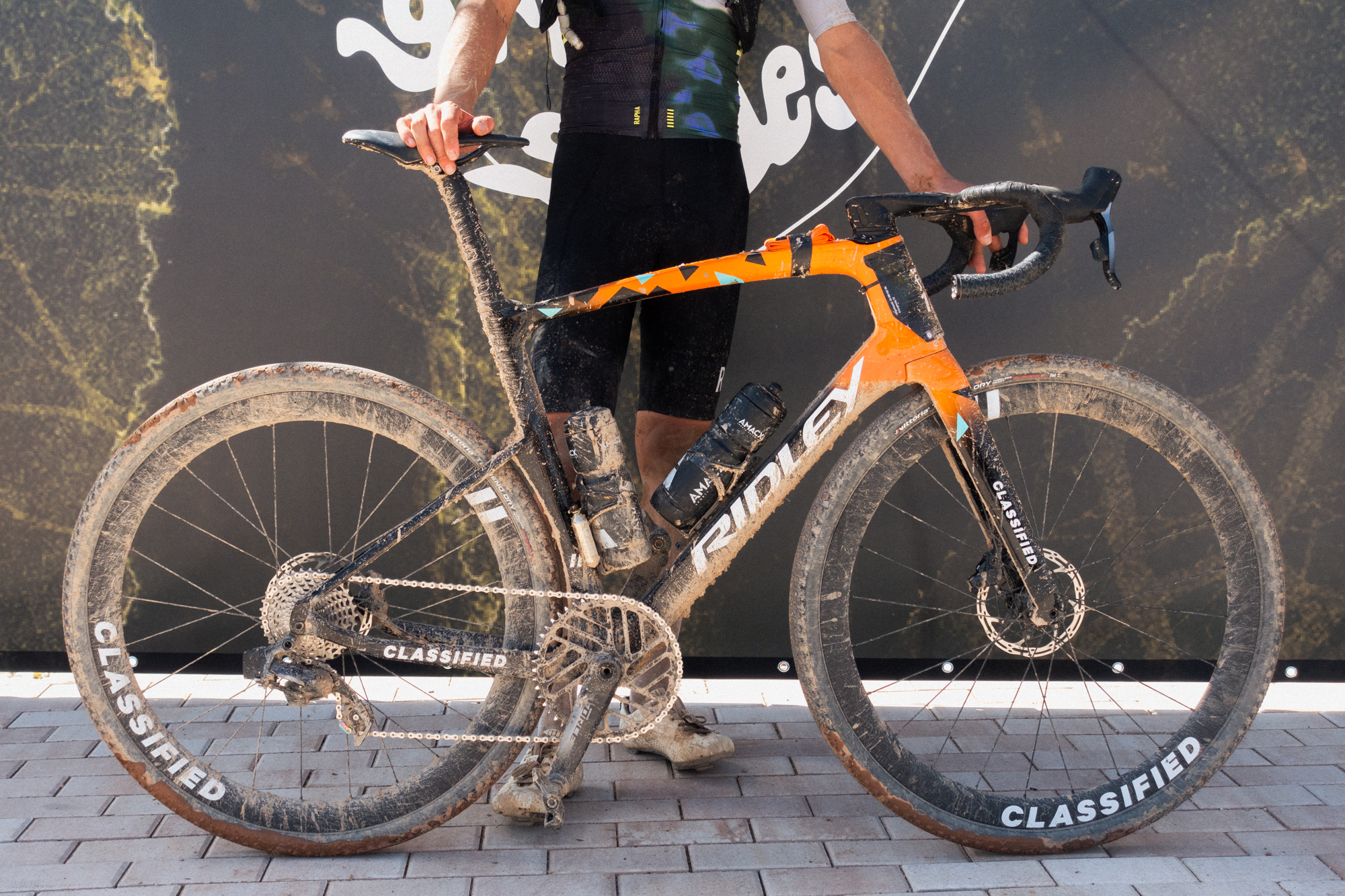
His weapon of choice for the second part of the year has been a Ridley Kanzo Fast equipped with the Powershift system from Classified. He was riding with a 50-tooth front ring so the conversion factor of the system allowed him to ride with a virtual 34T front ring too. He and Piotr Havik, the current two members of the Classified team, mentioned the advantage they enjoyed in Cardona with the ability to shift gears under load whenever they came across an unexpectedly steep ramp. That day riders accumulated +3.500 meters of elevation in 180 kilometers so a wide range of gears was more than welcome.
When the speaker shouted that the first female rider was on her way to the finish line, we quickly went there and saw her emotional arrival. Annabel Fisher would not only win the race in Cardona but the whole Gravel Earth Series, as the leader prior to the final race, Amity Rockwell, did not collect the points she needed to secure the overall victory.
The rider from Café du Cycliste won early in the year the Octopus Race in Switzerland, and she also took part in the Migration Gravel Race and The Rift. She rides on gravel with a Lauf bike, so for some events she raced with the characteristic gravel suspension fork of the Icelandic bike brand. In Cardona she opted for a lightweight rigid version of the fork, though, and it proved to be key for her win.
The venue of the final was El Vilar de la Duquesa, a hotel resort located in the upper part of the medieval village. Most riders had spent the previous night there, and they headed back to their rooms after the race to rest a bit before the Gravel Earth Series prize ceremony.
At around 18:30 the riders gathered again in the same place where a couple of hours before they were trying to replenish their stomachs after a hard race, and with a beer in hand, the trophies and medals of the Gravel Earth Series were handed. The women’s podium was led by Annabel Fisher, followed by Amity Rockwell and Madeleine Nutt. Mattia de Marchi won the overall for the men and Lukas Baum, who won both the final in Cardona and the Migration Gravel Race in Kenya, followed him in second.
We could feel a family vibe, as we were surrounded by people that have spent a big part of the year racing against each other, which in the end has the ability to forge friendships.
While we were chatting with Janosch Wintermantel, organizer of the Octopus Gravel and Guadix Gravel Festival, we asked him if he could show us the bike he has been using this year. His Scott Addict is already good-looking, but said that ahead of the gravel World Championships he will receive a new Scott model, switch to a x1 SRAM front ring, and put some Schwalbe 45 mm G-One RS on, so our expectations are high.
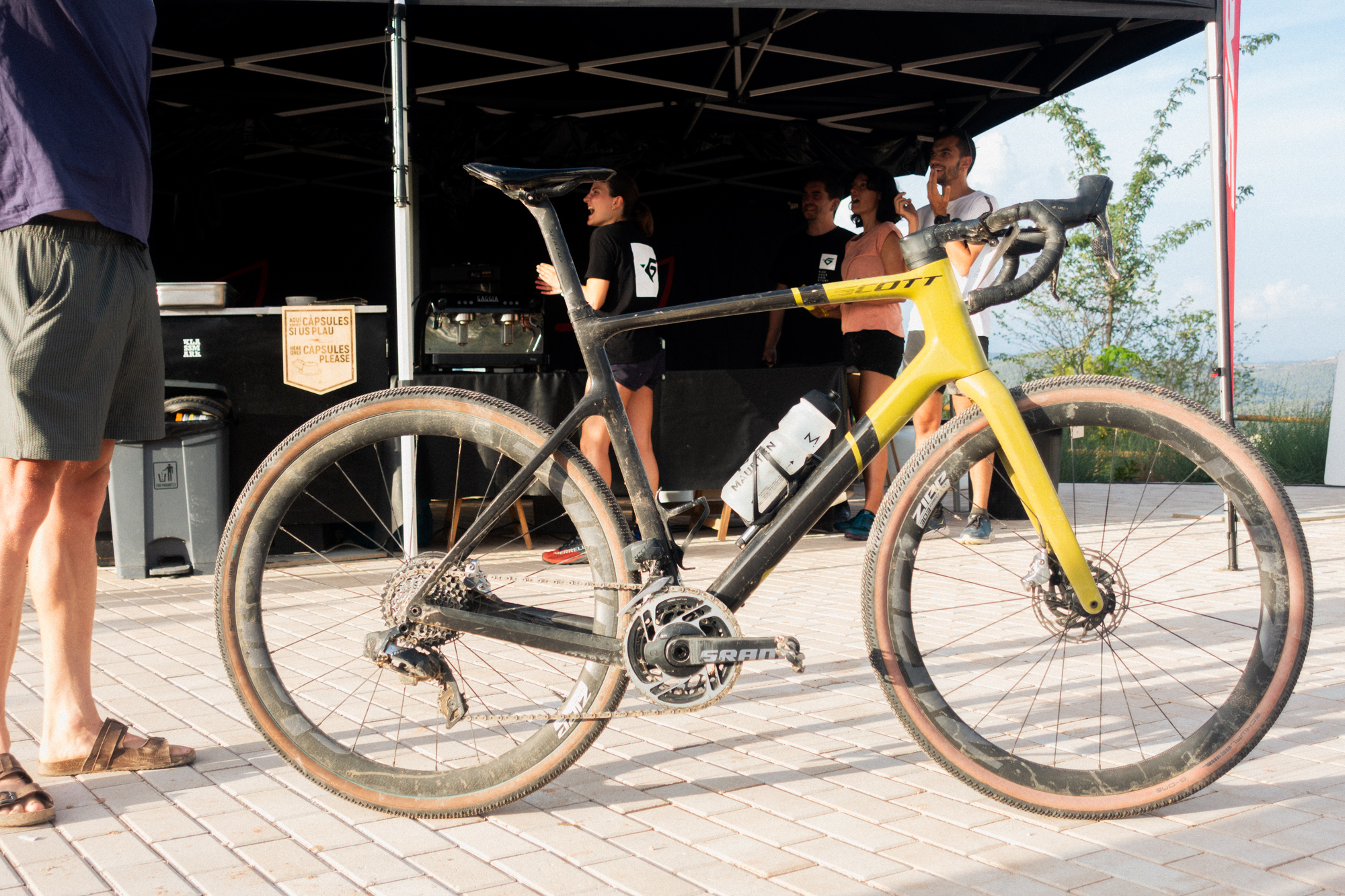
We finished our beer(s), waved goodbye to the riders and organizers who were deservedly staying and having fun for a little longer, and left with the desire to come across that nice group of gravel enthusiasts again as soon as possible. The Gravel Earth Series has managed to gather a nice selection of events and riders that are pushing this cycling discipline to new boundaries, and its second year of life is looking very promising.



